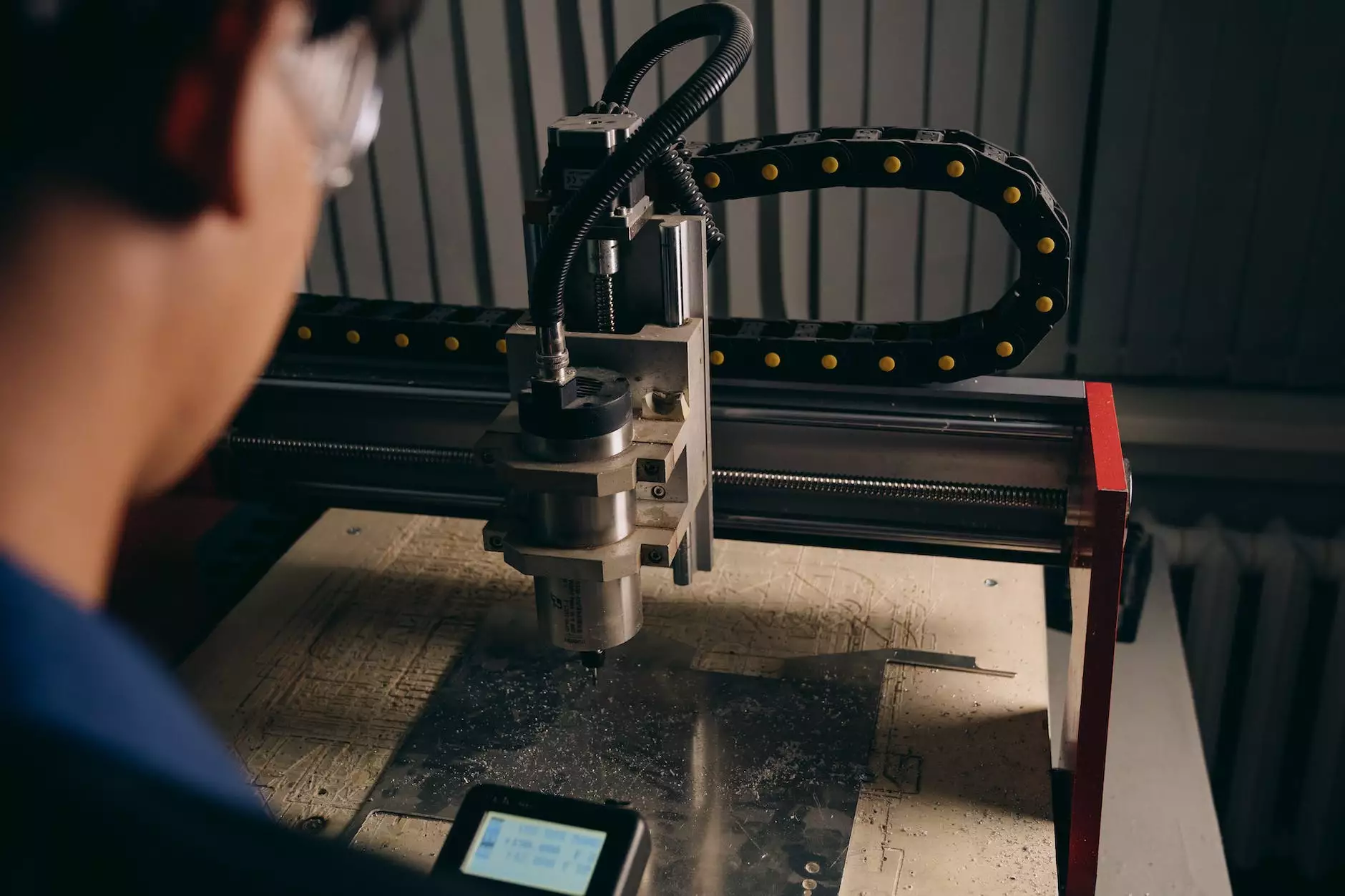The Ultimate Guide to App Wireframe Design for Successful Mobile Apps

In the fast-paced world of mobile phones and software development, having a well-structured app wireframe is crucial for creating successful applications. The wireframe serves as a blueprint for your app, allowing developers, designers, and stakeholders to visualize the layout and functionality before diving into the actual building process.
What is an App Wireframe?
An app wireframe is a visual representation of the user interface for a mobile application. Essentially, it's a schematic that outlines the key components and features of the app, providing a roadmap for development. Wireframes are crucial because they help clarify the app's structure, interaction, and navigation.
The Importance of App Wireframing
Incorporating wireframing in the app development process contributes significantly to the overall success of the project. Here are some key reasons why wireframing is essential:
- Visualizing Ideas: Wireframes allow stakeholders to visualize concepts and ensure everyone is on the same page.
- Improved Communication: A clear wireframe helps facilitate discussions among designers, developers, and clients, reducing misunderstandings.
- User-Centric Design: By focusing on the user's experience early in the design phase, teams can create more intuitive interfaces.
- Cost-Efficiency: Early detection of design flaws minimizes costly changes later in the development process.
- Enhanced Feedback Loop: Wireframes can be tested with real users to gather feedback and make improvements before development begins.
Elements of an App Wireframe
Creating a comprehensive app wireframe involves including several critical elements:
- Layout and Structure: Defines how various components will appear on the screen.
- Navigation: Indicates how users will move through the app and access various sections.
- Content Hierarchy: Establishes the importance of various elements, helping users focus on critical features first.
- Interactions: Outlines user actions and responses, detailing how users can engage with the app.
- Annotations: Provides context and details for designers and developers, explaining specific design choices.
Best Practices for Creating Effective App Wireframes
To achieve the best results, consider the following best practices when creating your app wireframe:
1. Start with Hand-drawn Sketches
Begin the process by sketching your ideas on paper. This will allow for rapid iteration and creativity without the constraints of digital tools.
2. Utilize Prototyping Tools
Once your sketches have evolved into a clearer concept, use digital prototyping tools like Sketch, Adobe XD, or Figma for a more polished look.
3. Focus on User Experience
Your wireframes should focus on creating an optimal user experience. Ensure that navigation is intuitive and that essential features are easily accessible.
4. Keep It Simple
A good wireframe does not need to be overly detailed. Concentrate on the main components and the flow of user interactions to maintain clarity.
5. Test and Iterate
Engage potential users in testing your wireframes early in the process. Gathering feedback can help refine your design and ensure you are meeting user needs.
Common Mistakes to Avoid in App Wireframing
While wireframing is an essential step, certain pitfalls can undermine its effectiveness. Here are some common mistakes to avoid:
- Neglecting User Needs: A wireframe that doesn’t consider the user's perspective can lead to poor usability.
- Overcomplicating Designs: Avoid unnecessary elements that clutter the wireframe, as simplicity is key.
- Skipping Annotations: Failing to note design decisions can create confusion down the line.
- Not Being Flexible: Be open to changes and revisions based on feedback; rigidity can stifle creativity.
Tools for App Wireframe Creation
There are numerous tools available that facilitate the creation of app wireframes. Here are a few of the most popular options:
- Axure RP: A powerful tool that enables professionals to create high-fidelity wireframes and robust interactive prototypes.
- Balsamiq: Known for its simplicity, this tool provides a user-friendly interface for creating low-fidelity wireframes.
- Moqups: A web-based application that integrates wireframing, mockups, and prototyping effectively.
- Figma: Offers robust features for real-time collaboration, making it a favorite among design teams.
- Sketch: A widely used vector design tool that’s perfect for app UI/UX wireframing.
The Future of App Wireframing
As technology evolves, so do the methodologies for wireframing. Here are a few trends shaping the future of app wireframe design:
- Increased Collaboration Tools: Future wireframing tools will likely incorporate more collaboration features to support remote teams.
- Integration with AI: AI-driven design suggestions may streamline the wireframing process, making it faster and more intuitive.
- More Interactive Prototypes: Expect to see wireframes evolve into fully interactive experiences that closely mimic the final product.
- Focus on Accessibility: Ensuring wireframes are designed with accessibility in mind will become increasingly important.
Conclusion
The role of app wireframe design in mobile applications cannot be understated. It lays the groundwork for development, aligning product vision with user needs and enhancing collaboration among team members. By following best practices, avoiding common mistakes, and utilizing the right tools, businesses like nandbox.com can create exceptional user experiences that lead to successful mobile applications.
As you embark on your app development journey, always prioritize the wireframing phase. It will pay off in the long run by translating ideas into reality, ensuring that your mobile application stands out in a crowded marketplace.
FAQs about App Wireframing
What is the difference between wireframes and prototypes?
Wireframes are simple visual layouts that outline the structure of a mobile app, while prototypes are more developed versions that showcase interactive elements and transitions.
How long should a wireframing process take?
The time it takes to complete a wireframe can vary significantly based on complexity, but on average it should take a few days to a couple of weeks.
Can I use wireframes for web applications?
Absolutely! Wireframing is a valuable practice for both mobile and web applications, ensuring clarity in design and functionality.









